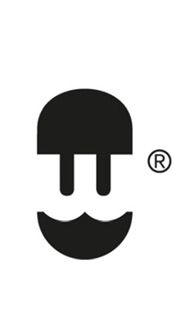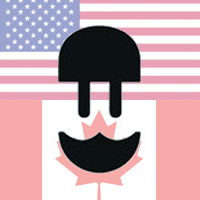Title Page
-
Customer
-
Location
-
Country
-
Assigned Commissioner/Technician
-
Start Time
Product
-
Supernova Model
-
Serial Number (S/N)
-
Product Number (P/N)
Health & Safety
-
Has the installation information been reviewed prior to carrying out the work? (Geolocation, location pictures, supply cut points, specific security procedures, emergency procedures, existence of flammable/explosive gases).
-
Do you have isolated tools, correct Personal Protection Equipment(PPE), LOTO locking kit and everything in good condition to carry out the job safely?
-
Are the work area conditions adequate to guarantee your safety? (visibility, weather (Rain, Storm, strong winds, etc)
-
IMPORTANT: check the conditions of the input cables in the charger. If they are not in a proper condition, STOP work.
Mechanical Inspection
-
External Overall Visual Inspection
-
Will it require a further visit?
-
Verify correct clearance around the charger
- SN60: 70cm front, 40cm sides
- SN120, 150, 180: 70cm front, 40cm sides, 100cm behind
-
Verify left door lock and keys
-
Internal general visual inspection
-
Verify correct anchorage to the floor
-
Verify inlet power cable entry plate with grommets fitted
-
Verify scupper covers closed / inlet cable cover in place
-
Verify the charger is free from any traces of condensation or water ingress
-
Verify the weather stripping seal in all 3 doors
-
Quantity of Power Modules installed
-
Check correct closure of all doors
-
Has this been rectified?
Supernova 60
SN60 Specific check
-
Check QPM / back planes / copper bars
-
Has this been rectified?
Additional issues/comments
-
Additional issues/comments
Supernova 150
SN150 Specific check
-
Check all AC cables (from AC contactor to rear bus bar) for damage/cuts
-
Check all DC cables (from rear bus bar to DC contactor) for damage/cuts
Electrical Inspection
-
Verify correct connection of input cables (L1-L2-L3-N-PE)
-
Has this been corrected?
-
Check the input cable section meets local & installation requirements
-
Verify tightness and connection of all internal cables
-
Has this been corrected?
-
Verify the presence of protections in main breaker panel
- MCB
- RCD
- SPD
- Fuse
- Other
Power up
-
Input AC Voltage: L1-L2 (400V +/- 10%)
-
Input AC Voltage: L1-L3 (400V +/- 10%)
-
Input AC Voltage: L1-N (230V +/- 10%)
-
Input AC Voltage: L1-Earth (230V +/- 10%)
-
Input AC Voltage: L2-L3 (400V +/- 10%)
-
Input AC Voltage: L2-N (230V +/- 10%)
-
Input AC Voltage: L2-Earth (230V +/- 10%)
-
Input AC Voltage: L3-N (230V +/- 10%)
-
Input AC Voltage: L3-Earth (230V +/- 10%)
-
AC Voltage: Earth - Neutral (+/- 0V)
Update checks
-
Software version on arrival (Factory SW version)
-
Updated Software Version
-
Verify correct functionality of the 3 door sensors
-
Check HMI functionality
-
Has this been rectified?
-
Verify RFID reader functionality
-
Has this been rectified?
-
Verify beacon, holster & courtesy lights functionality
-
Has this been rectified?
-
Verify cooling fans functionality and noise
-
Has this been rectified?
Connectivity
-
Wallbox telemetry connected
-
OCPP Connection method
-
Configured
-
Configured
-
Signal strength (in dBm)
Charge tests
EV test
-
Type of charging test
-
Brand & model of EV(s) used
-
Charging session - Hose 1 <br>
-
Charging session - Hose 2
-
Split charge test (where possible)
Customer requirements
-
Charger left powered on?
-
Authorization method
-
CPO URL and Charger ID
-
Web Manager power limit set
Final Details
-
Add photos showing Supernova exterior and location
-
Add photos showing Supernova interior (Front, left and right side)
-
Additional comments
Acceptance
-
Customer
-
Wallbox Commissioner/Technician
-
Certification ID number (found on your training certificate)















